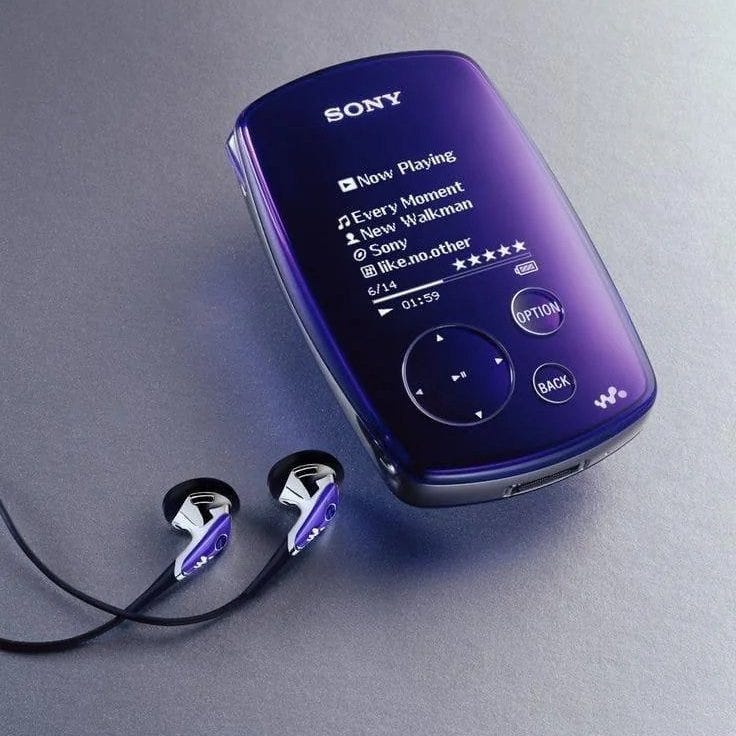In 2005, the iPod had become a cultural phenomenon. Its elegant design, intuitive interface, and seamless integration with iTunes turned it into the default choice for portable music. Sony, the very company that had once revolutionized how people listened on the go, wasn’t ready to step aside. That fall, Sony made its move. It launched the NW-A3000, a bold new digital Walkman that was supposed to bring the brand back to relevance. With its curved design, 20GB of storage, OLED display, and support for open formats like MP3 and WMA, the A3000 seemed to have what it took. Early reviews praised its sound quality and craftsmanship. Fans were hopeful. For the first time in years, it looked like the Walkman was back.
Sony didn’t just build a music player. It built an entire plan around it. The NW-A3000 was meant to be the center of Sony’s new digital music strategy. For once, Sony had let go of proprietary formats like ATRAC and embraced open standards. The company paired the device with a ne…




